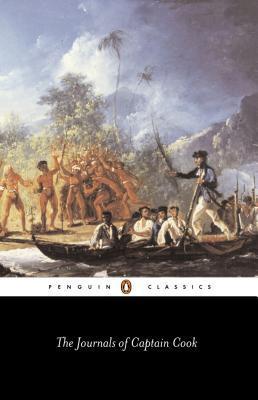
Voyage of the Beagle
Book Description
Embark on an epic journey where the mysteries of nature collide with the daring spirit of adventure! As the HMS Beagle sails across uncharted waters, the young naturalist Charles Darwin grapples with the wonders and horrors of a world teeming with life. Each island unveils secrets that challenge everything he thought he knew about existence. From exotic creatures to the untamed forces of nature, suspense hangs in the air as Darwin’s explorations provoke radical thoughts about life itself. Will his discoveries reshape humanity’s understanding of the natural world? Experience the voyage that forever changed history!
Quick Book Summary
"Voyage of the Beagle" chronicles Charles Darwin’s journey as a naturalist aboard the HMS Beagle between 1831 and 1836. With a keen eye for observation, Darwin travels through South America, the Galápagos Islands, and other remote locales, meticulously recording geological phenomena, indigenous cultures, and the vast array of plant and animal life. These firsthand encounters spark radical new ideas about species, adaptation, and natural history. Blending the spirit of adventure with scientific rigor, Darwin’s reflections lay the groundwork for his later theories on evolution and natural selection. The book serves both as a gripping travel memoir and a foundational scientific text, forever altering how humanity perceives the natural world.
Summary of Key Ideas
Table of Contents
The Rich Diversity of Life and Landscapes
Charles Darwin’s journey on the HMS Beagle offered him the rare opportunity to observe the immense diversity of life across the globe. He ventured through lush rainforests, arid deserts, volcanic archipelagos, and remote shorelines, documenting everything from giant tortoises in the Galápagos to the fossil remains of gigantic mammals in South America. Each region revealed a new assemblage of species uniquely adapted to their environments, compelling Darwin to ponder the great variety and complexity of life.
Observation and Scientific Inquiry
Darwin approached his voyage with the keen mind of a scientist, constantly observing, collecting specimens, and recording his thoughts. He carefully analyzed geological formations, like the uplifted shells inland in Chile, and scrutinized minute differences among similar animal populations. His relentless questioning and methodical documentation were not just acts of record-keeping—they laid the foundation for later scientific revolutions. The voyage was an exercise in rigorous observation and the power of empirical inquiry.
Encounters with Indigenous Peoples and Cultures
Interwoven with his scientific pursuits were Darwin’s encounters with the peoples of South America and the South Pacific. He describes the cultures and customs of indigenous communities, often contrasting them with European norms, while reflecting on the effects of colonization. These interactions broadened his understanding of humanity’s place in the world and challenged his own preconceptions about civilization, morality, and progress.
Seeds of Evolutionary Theory
Among the most profound legacies of the Beagle voyage were the seeds of evolutionary thought. Confronted by the subtle differences between creatures on nearby islands, Darwin began to question prevailing notions about the fixedness of species. His meticulous notes and collected specimens, especially from the Galápagos, would later inspire groundbreaking work on natural selection and adaptation—ideas that ultimately transformed biology.
Challenges of Exploration and Discovery
The five-year journey was not without its hardships. Darwin faced storms at sea, diseases, and the constant uncertainties of travel in uncharted regions. Yet these very challenges fostered resilience, creativity, and intellectual growth. The voyage not only changed Darwin’s scientific views but also forged his character, giving rise to the transformative insights that would one day change our understanding of life on Earth.
Download This Summary
Get a free PDF of this summary instantly — no email required.





